Nitrogen and Soybeans: Mineralization, Nodules and Fertilizer
Soybeans are amazing plants. Unlike our other major crop in Illinois, they’re not as cut and dried which is usually a good thing. Have a planter skip or early sprayer pass run over one or two plants across the row? Soybeans will bush out, add branches with extra nodes and pods, and use all those extra resources giving up no yield. When it comes to nitrogen, soybeans keep that same approach of soaking up all of those extra resources they can find first before investing energy into fixing their own nitrogen. Soybeans use more nitrogen on a per acre [...]
Soybean Replant Factors
So far 2020 has brought Illinois agriculture several challenges that could impact the quality of a viable soybean stand. When making replant decisions, it’s important to understand what happened. In some fields, it’s taking anywhere from six to almost 30 days for a soybean to emerge. What caused a poor stand? Many of the poor stands in Illinois this year are due to soil conditions at or following planting that were not ideal, dropping below 50 degrees F; the soils are cold or saturated. Seed treatments typically last for up to three weeks helping to prevent diseases, seedling blights [...]
PODCAST: Soybean Management in the 2020 Growing Season
CCA Soy Envoy, Jason Haegele, joins the show as we dive into how soybean mangement decisions have shifted since the planting season began. Outside forces including the weather, market and COVID-19 may be reason for you to change your crop plan. ILSoyAdvisor Podcasts · Soybean Management in the 2020 Growing Season
Wheat Quality Considerations
The wheat crop in southern Illinois has been through a lot since last fall but has seemed to persevere, and the yield outlook is optimistically high. As we go back to last fall and think about planting conditions and fall growth/development, it was really a mixed bag with some of the earliest plantings doing well. Later plantings, however, suffered through a cold, wet November. Thankfully, the mild temperatures over the winter allowed the crop to recover, and we are looking at what appears to be a pretty good crop. The recent cold temperatures have put some yield at risk, [...]
It’s Never too Late in the Fight Against Weeds
When Roundup Ready® soybeans were introduced, times were good. You could schedule your spray application from the calendar and not think twice about whether your fields were going to stay clean. Mother Nature has since prevailed, showing scientists who is boss and showing us what we’ve been taking for granted. In the perfect scenario you would see a weed-free field with an ideal spring, but that’s not so common anymore. We now must take extra time and effort to find that right weed control program. Waterhemp escapes in a soybean field. Photo courtesy of University of Illinois. There is [...]
CCA Soy Envoys Provide Soybean-savvy Insights for Illinois Growers
The soybean industry can be complex and the challenges we face often require knowledge from teams of experts outside of our operations. When it comes to agronomic insight, I like to lean on fellow soybean buffs to help me find new ways to make my operation successful. Among my favorite resources are the CCA (Certified Crop Adviser) Soy Envoys. The CCA Soy Envoy program, funded by the Illinois Soybean Association checkoff program, helps soybean growers increase yields and profits while minimizing their environmental impact. Thanks to this partnership between the Illinois Soybean Association and Illinois Certified Crop Advisers, I [...]
Hang On And Be Prepared
This article was originally published in the May issue of Soy Perspectives magazine. Say Hello to New Information The 2020 Soybean Summit drew a crowd of 260 soybean farmers, crop advisers and industry representatives at the Crowne Plaza in Springfield, Illinois, March 10. Industry experts shared agronomic practices, ag technology and agribusiness management information. Speakers included John McGillicuddy, McGillicuddy Corrigan Agronomics; Sara Wyant, Agri-Pulse Communications; and breakout session experts in agronomy, agtech and agribusiness management. A panel of farmers and Certified Crop Advisers discussed challenges and solutions for industry volatility. Farmers Ron Moore of Roseville and Garry Niemeyer of [...]
Identifying SDS and What Management Practices Pay
Sudden death syndrome (SDS) is a soilborne fungal disease that historically has ranked within the top five most damaging diseases affecting soybeans in the northern United States and Ontario, Canada. In the United States and Canada, Fusarium virguliforme is the organism behind this disease. This fungus overwinters in fields within crop residue as resistant spores, allowing the pathogen to survive for multiple years in the absence of soybeans. Infection of soybean roots by F. virguliforme is favored by cool conditions and wet, saturated soils. Plants that are not killed by initial infections will have their root systems colonized by [...]
May Madness for Soybeans
Just when we thought that 2020 would bring us better weather and planting conditions than 2019, Mother Nature continues to remind us that she is in control. Even though it feels like planting progress is behind, based off the NASS soybean planting report for Illinois roughly 59% of the soybean crop has been planted as of May 17, 2020, which is a big jump compared to 2019 or even the 5 year average on this date. Chart source: USDA National Agricultural Statistic Services as of May 17, 2020 Illinois soybean producers have validated the importance of planting soybeans early [...]
Cost to Produce Corn and Soybeans in Illinois—2019
This article was originally published on the farmdoc Daily website by Dale Lattz and Bradley Zwilling. In 2019, the total of all economic costs per acre for growing corn in Illinois averaged $878 in the northern section, $912 in the central section for farmland with “high” soil ratings, $887 in the central section for farmland with “low” soil ratings, and $851 in the southern section. Soybean costs per acre were $630, $672, $629 and $652, respectively (see Table 1). Costs were lower in southern Illinois primarily because of lower land costs. The total of all economic costs per bushel [...]

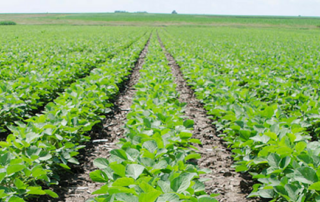
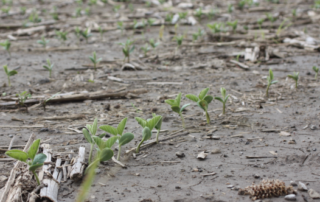
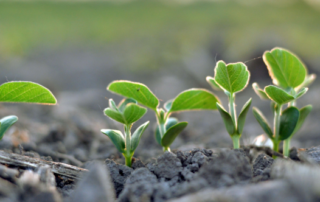
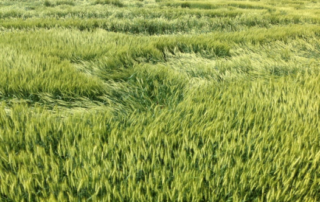
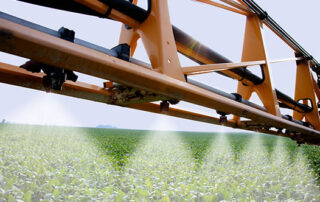
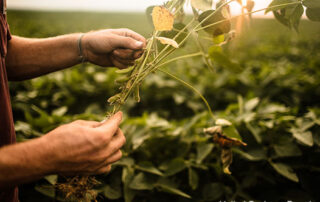
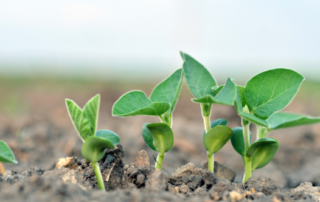
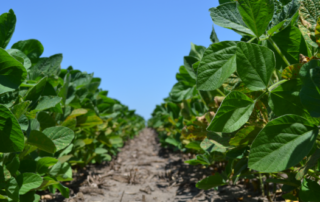
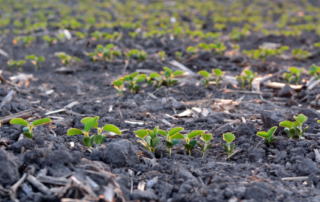
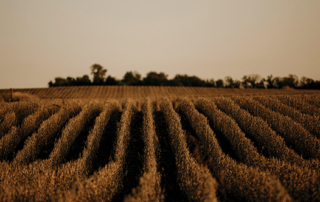



 and then
and then